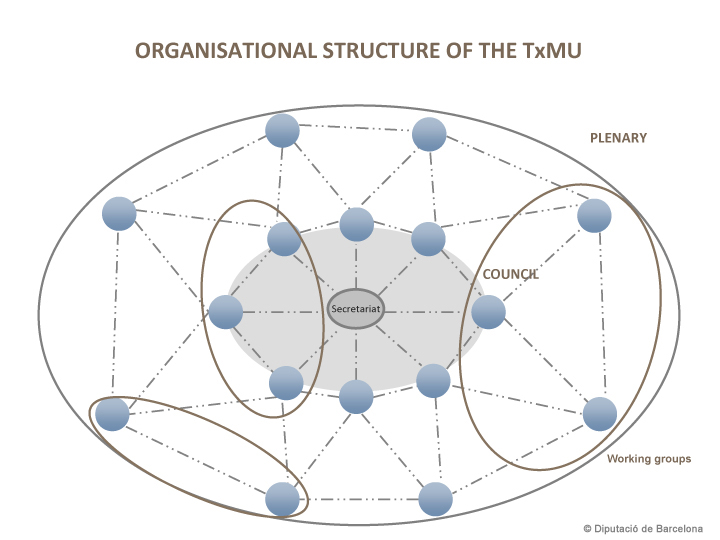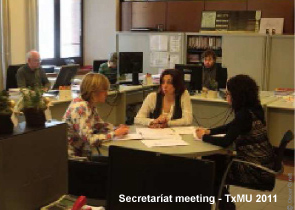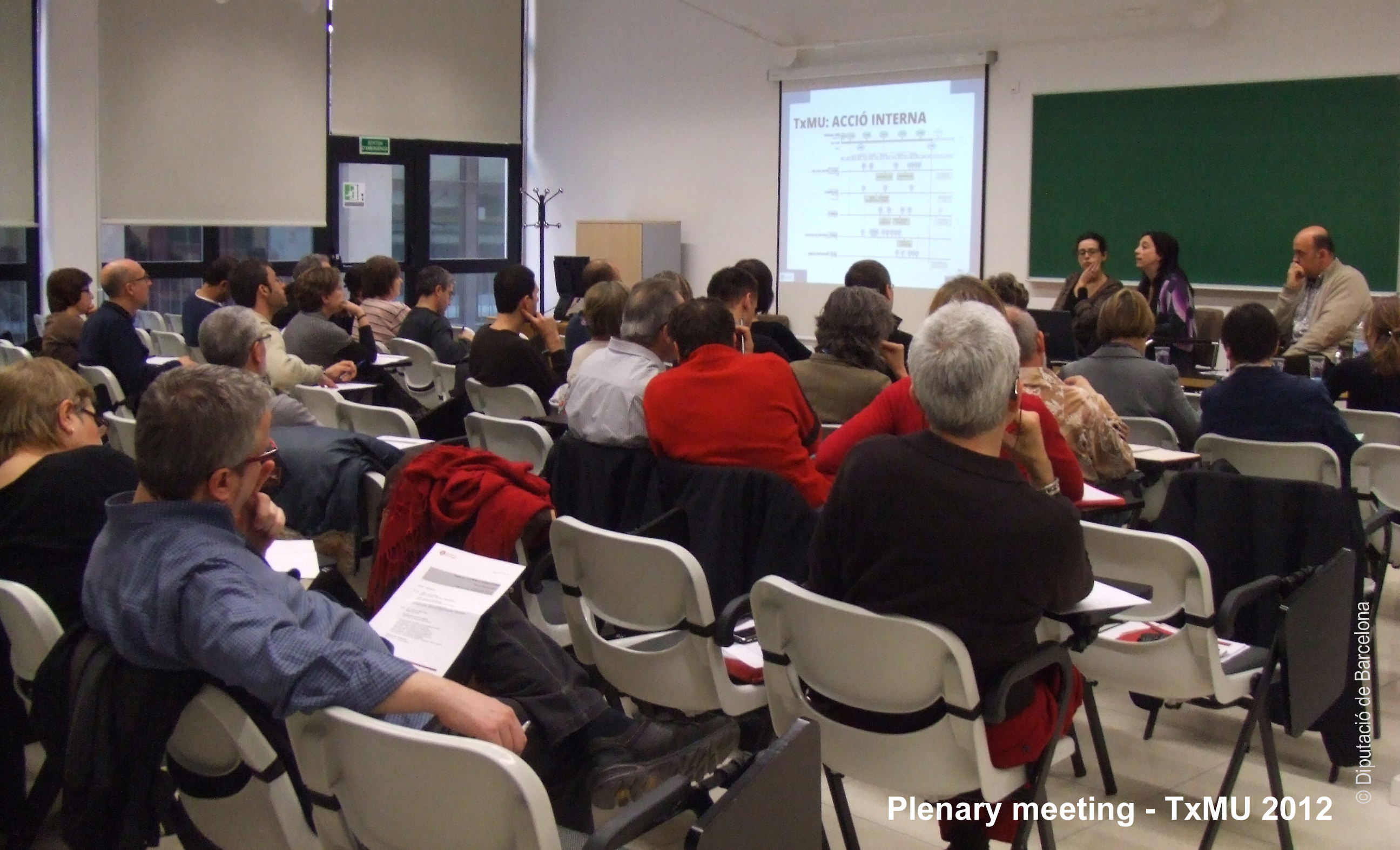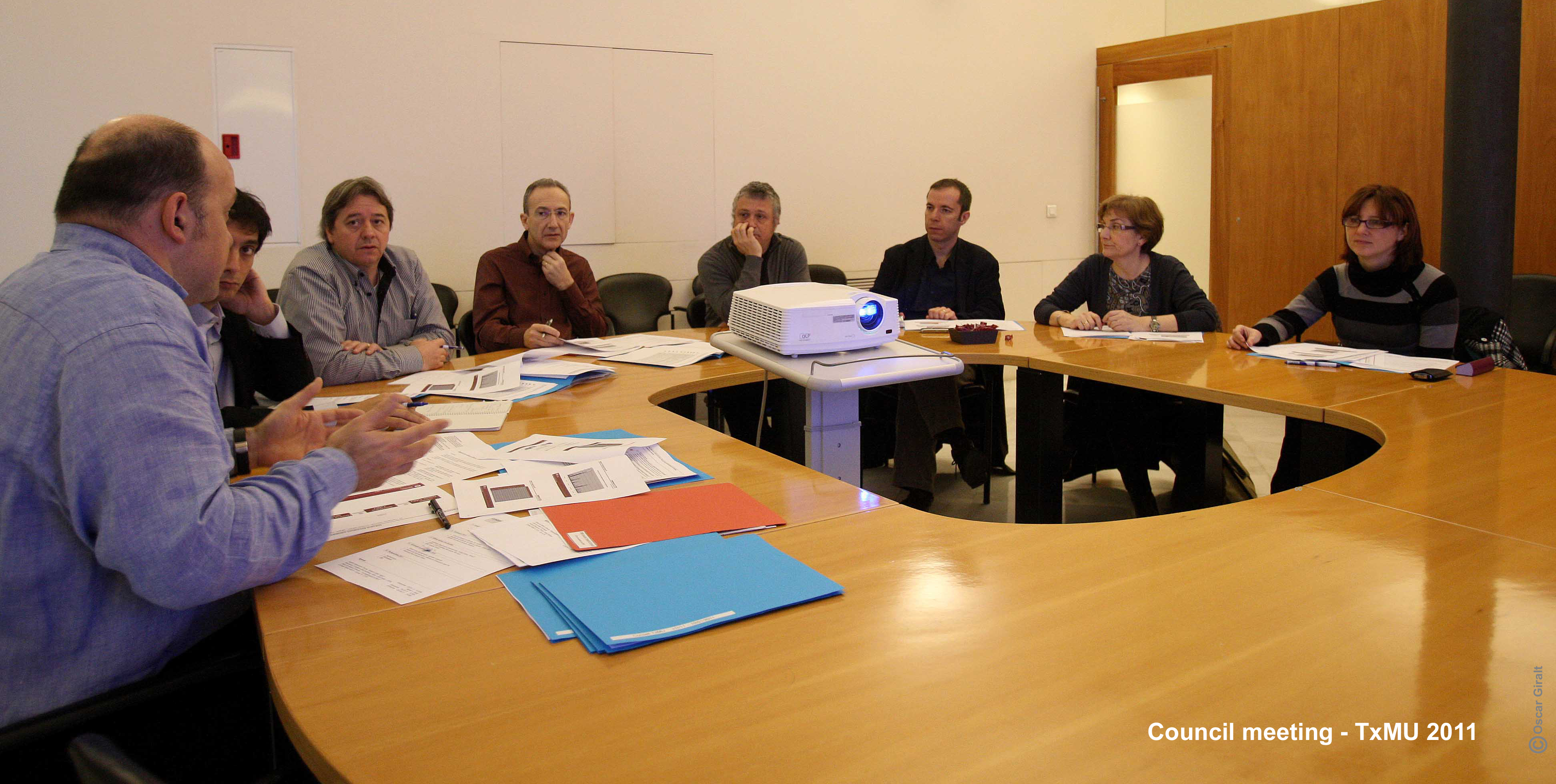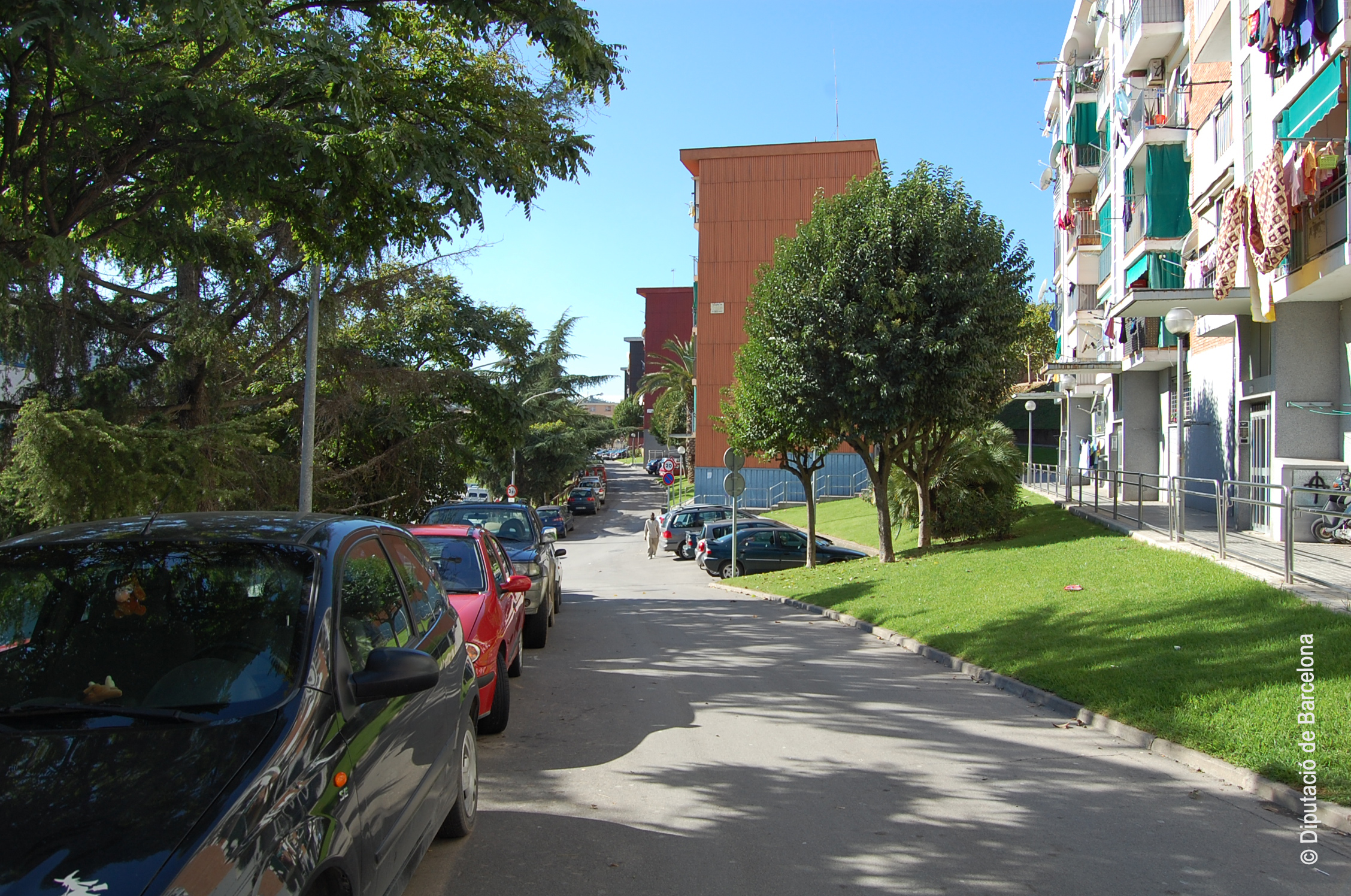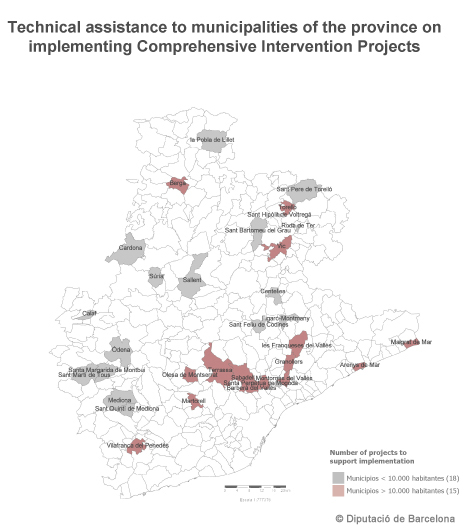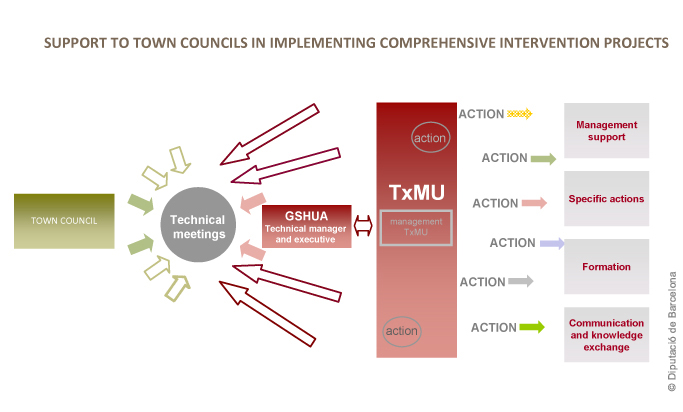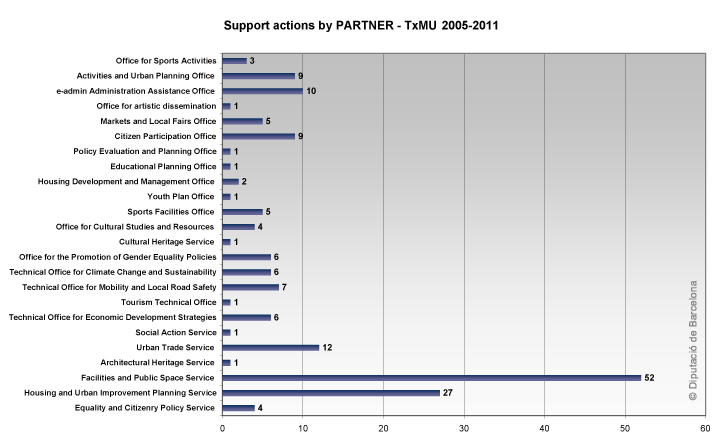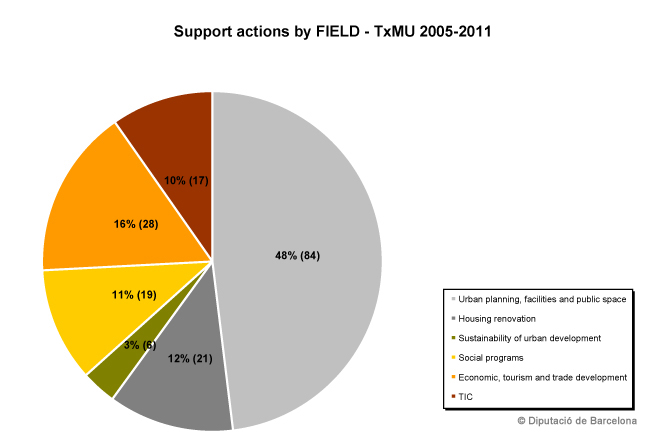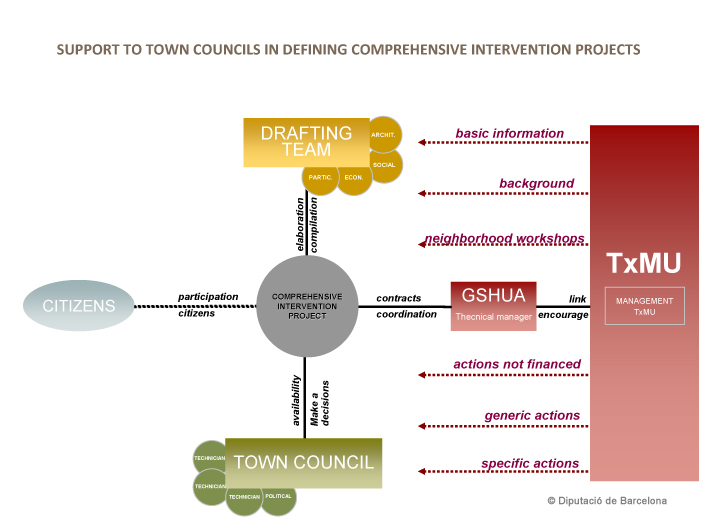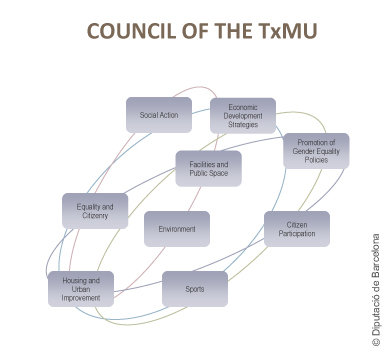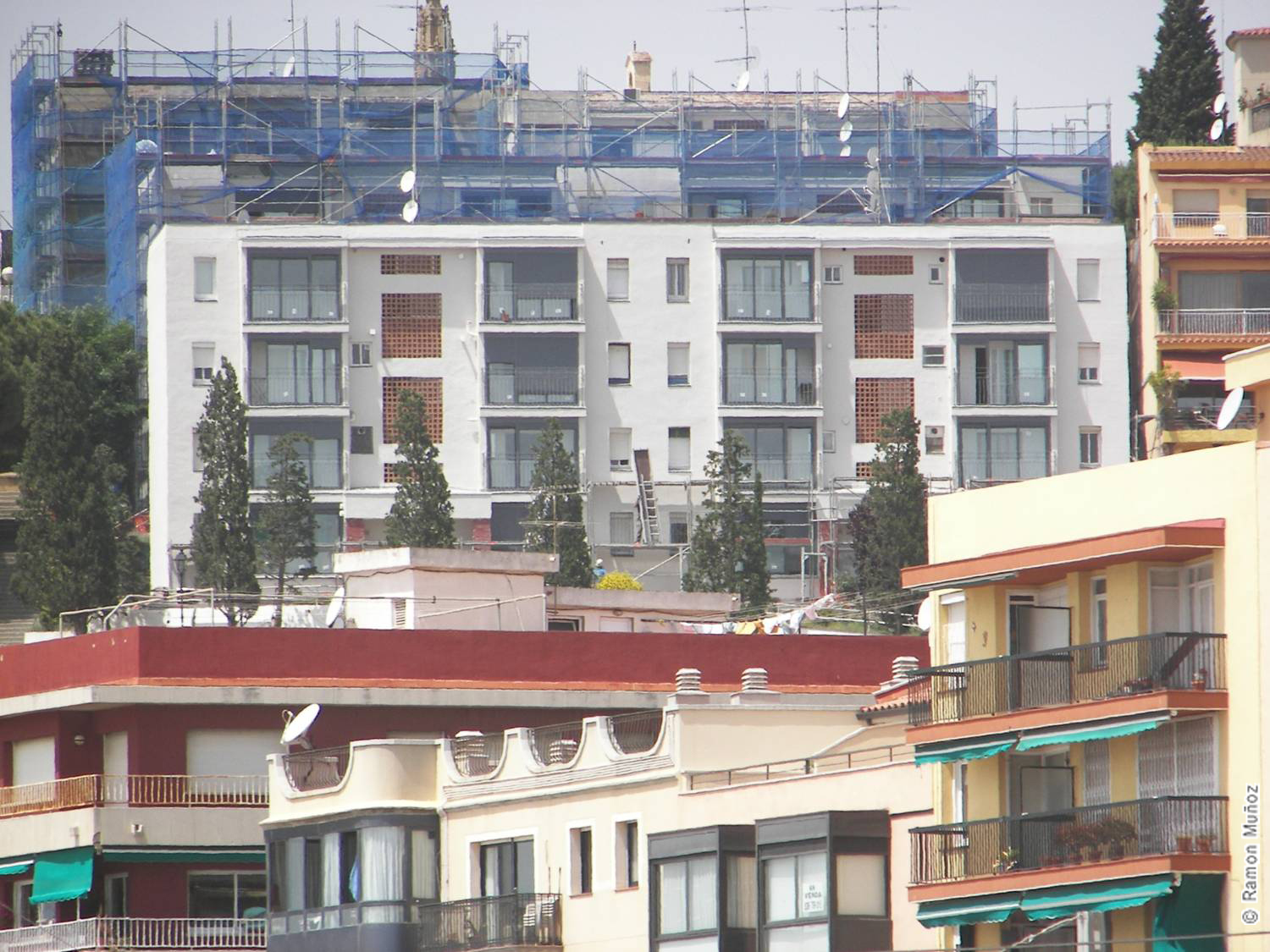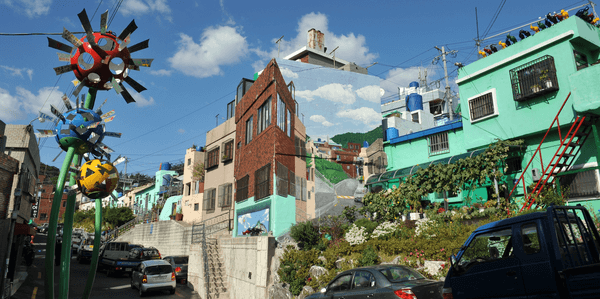City
Barcelona (ciudad)
Main actors
City Government, other, Regional Government
Project area
Neighborhood or district
Duration
Ongoing since 2004
The project improves living conditions for inhabitants affected in those urban areas requiring special attention.
Barcelona, the second largest city in Spain, faces many diverse challenges and problems. One challenge is addressing marginal districts/ areas. Disadvantaged inhabitants are forced to move to peripheral or poor districts. As a result, these areas are focal points for urban, social, economic, and environmental problems.
‘Taula per a la Millora Urbana’ (TxMU) aims to improve living conditions for inhabitants affected in urban areas requiring special attention. Therefore, the City of Barcelona decided to comprehensively intervene in these areas. The integrated intervention approach was carried out by several closely linked administrative entities. TxMU was created as a forum for different administrative entities, and was initially based on volunteer work. The project’s main results are draft plans for 55 projects in the affected areas, 33 are currently in operation, and improved communication and cooperation between the 37 involved offices and services. TxMU is perceived as one of the most prestigious recent public initiatives.
The project addresses universal problems and used an integrated governance approach to solve these problems. The phenomenon of marginal districts occurs in cities around the world, but an effective inter-administrative approach is not self-evident. The Barcelona project shows how effective this approach can be.
On Map
The Map will be displayed after accepting cookie policy
